Increased Investment in R&D
The Home Infusion Therapy Devices Market is benefiting from increased investment in research and development, which is crucial for driving innovation and improving product offerings. Companies are allocating significant resources to develop advanced infusion systems that cater to diverse patient needs. This investment is reflected in the growing number of patents filed in the infusion device sector, indicating a competitive landscape focused on enhancing device functionality and safety. Furthermore, the market is projected to witness a growth rate of around 7% annually, driven by these R&D efforts. As manufacturers strive to create more efficient and user-friendly devices, the overall quality of home infusion therapies is expected to improve, thereby attracting more patients to opt for home-based treatments.
Shift Towards Home Healthcare
The Home Infusion Therapy Devices Market is witnessing a notable shift towards home healthcare, driven by the increasing preference for at-home treatment options among patients. This trend is largely influenced by the desire for comfort, convenience, and cost-effectiveness. As healthcare systems evolve, more patients are opting for home-based therapies, which reduces hospital stays and associated costs. Data suggests that the home healthcare market is expected to reach a valuation of over 300 billion by 2025, indicating a substantial opportunity for home infusion therapy devices. This shift not only empowers patients but also alleviates the burden on healthcare facilities, thereby fostering a favorable environment for the growth of home infusion therapy devices.
Aging Population and Chronic Diseases
The Home Infusion Therapy Devices Market is significantly influenced by the aging population and the rising prevalence of chronic diseases. As the global demographic shifts towards an older population, the demand for home infusion therapies is likely to increase. Older adults often require long-term medication management, which can be effectively administered through home infusion devices. Additionally, chronic conditions such as diabetes and cancer necessitate ongoing treatment, further propelling the need for these devices. Recent statistics indicate that nearly 60% of older adults manage at least one chronic condition, underscoring the potential market for home infusion therapy devices. This demographic trend suggests a sustained demand for innovative solutions that facilitate at-home care.
Regulatory Support and Reimbursement Policies
The Home Infusion Therapy Devices Market is positively impacted by favorable regulatory support and reimbursement policies that encourage the adoption of home infusion therapies. Governments and health organizations are increasingly recognizing the benefits of home-based treatments, leading to the establishment of guidelines that facilitate the use of infusion devices in home settings. Moreover, reimbursement policies are evolving to cover home infusion therapies, making them more accessible to patients. This regulatory environment is expected to enhance market growth, as it reduces financial barriers for patients seeking home infusion options. As reimbursement frameworks continue to expand, the market for home infusion therapy devices is likely to flourish, providing patients with more treatment choices.
Technological Advancements in Home Infusion Therapy Devices
The Home Infusion Therapy Devices Market is experiencing a surge in technological advancements that enhance the efficacy and safety of infusion therapies. Innovations such as smart infusion pumps, which integrate with mobile applications, allow for real-time monitoring and adjustments, thereby improving patient outcomes. Furthermore, the incorporation of artificial intelligence in these devices aids in predicting potential complications, thus ensuring timely interventions. According to recent data, the infusion pump segment is projected to grow at a compound annual growth rate of approximately 8% over the next few years. This trend indicates a robust demand for advanced devices that not only streamline the infusion process but also provide healthcare professionals with critical data to make informed decisions.
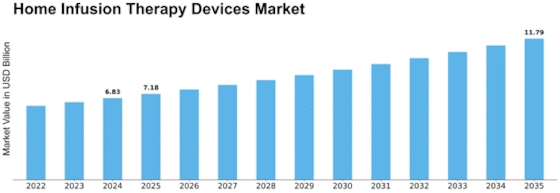

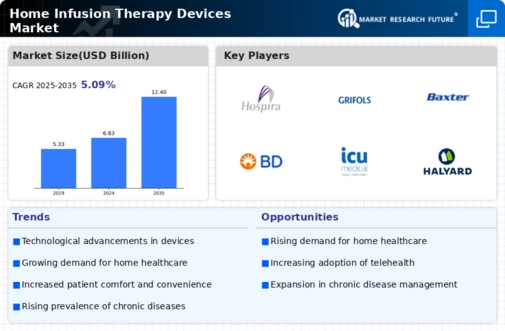
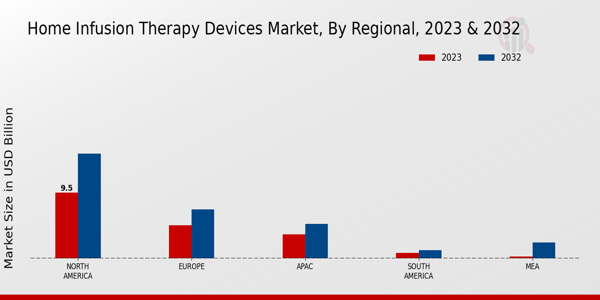

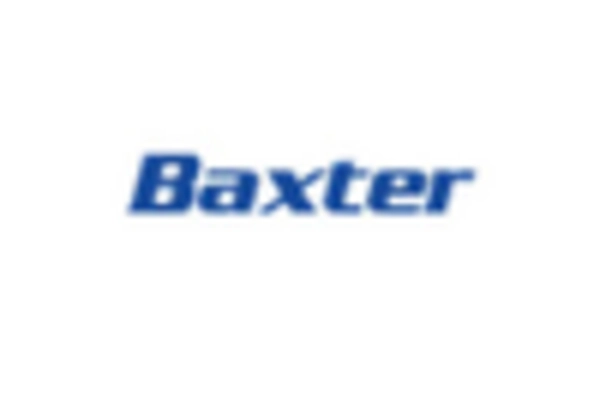
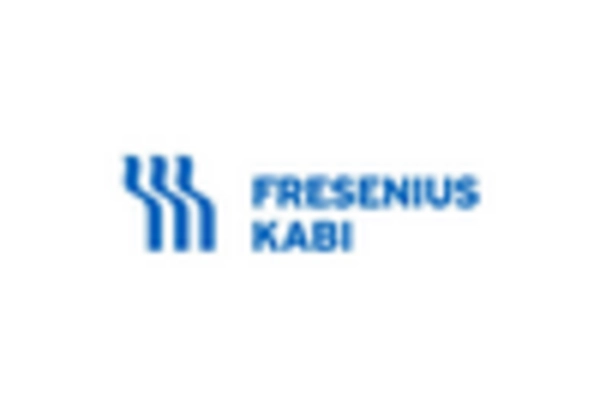
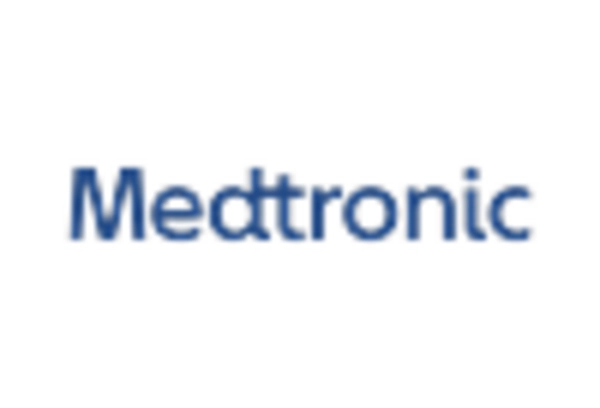
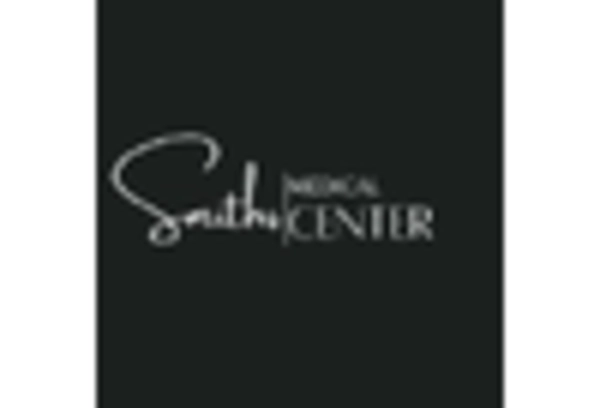
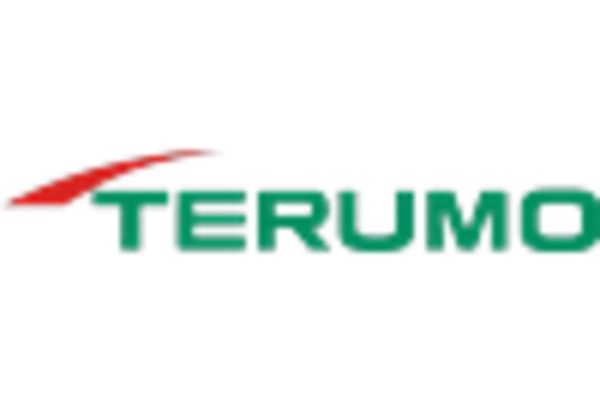

Leave a Comment